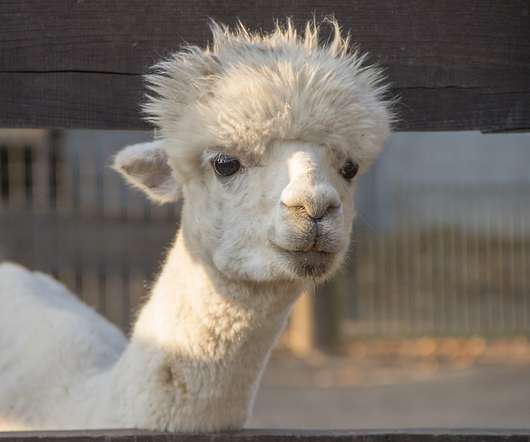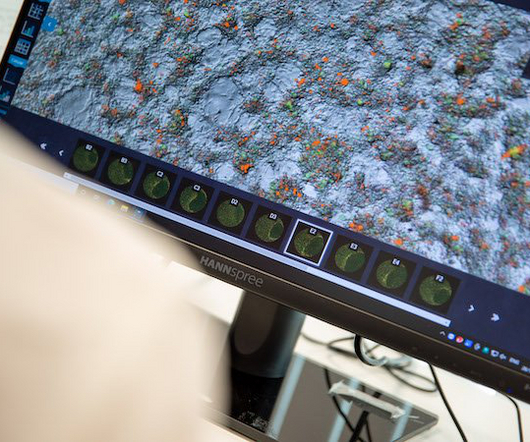How Nanobodies from Cormac the Llama Could Prevent COVID-19 Infection
XTalks
JANUARY 6, 2021
Owing to their size, they can be grown in bacteria as opposed to larger animal or human cells, making them easier and cheaper to produce. These regions play a crucial role in the detection of antigens on viruses, bacteria and other pathogens. The study was led by neuroscientists Thomas J. “TJ” TJ” Esparza, BS, and David L.











Let's personalize your content